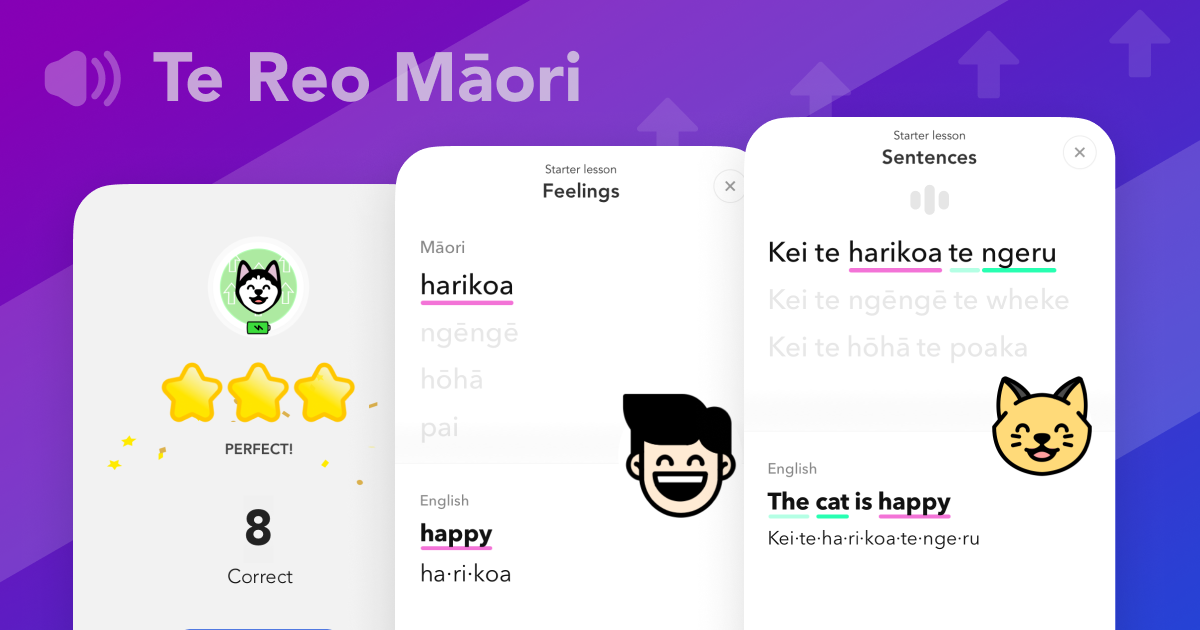Crafting Learning Stories, An Example from the Sandpit
As an early childhood teacher, I know first-hand that writing an engaging learning story can feel daunting. Capturing children's experiences in prose that is both informative and delightful takes practice—yet, like any craft, it becomes easier and far more enjoyable the more we do it.
So, let's jump in. Below you'll find a learning story woven around an everyday moment—sandpit play in a New Zealand preschool. After the story we'll unpack the elements that make it effective, giving you a framework to adapt for your own observations.
Title: A Day at the Sandpit
Five-year-old Max bolted straight for the sandpit as soon as outdoor time began. Warm sand streamed through his fingers while his eyes scanned for the perfect construction site.
Earlier that morning Max had watched builders pour a concrete slab next door, and the rumble of their machinery still echoed in his imagination. Inspired, he loaded his toy dump truck with sand and tipped the cargo onto a clear patch. He patted the pile flat, shaping sturdy walls for a grand fortress.
A moment later his friend Lily crouched beside him.
"Need a foreman?" she asked with a grin.
Max slid a bucket towards her in silent agreement, and the two children set to work. Their laughter mingled with the soft hiss of shifting sand as towers rose and moats deepened.
From the edge of the playground Miss Johnson observed. She admired the duo's negotiation, the way they revised plans when walls collapsed, and their unwavering focus. In this humble sandpit she saw budding engineers, storytellers, and collaborators.
When pack-up time was called, Max and Lily stepped back, hands dusty and eyes shining. Before them stood a proud sandcastle; behind them lay a shared memory of perseverance, creativity, and friendship.
Why this story works
-
Observation
We begin by noticing Max's immediate attraction to the sandpit and the sensory details of his play, inviting the reader into the scene. -
Interpretation
Max is not simply moving sand; he is reconstructing the building site he watched that morning. This link to real-world experience highlights imaginative transfer and problem-solving. -
Documentation
The narrative records the children's dialogue, cooperation, and the evolving structure, offering a clear sequence of events. -
Reflection
Miss Johnson's perspective underscores the learning that unfolded—team-work, resilience, and spatial reasoning—reminding us why these small moments matter.
This vignette shows that a compelling learning story does more than list activities. It interprets actions through the lens of growth. Next time you observe your learners, listen for the motivations beneath their play and the emotions on their faces—you'll find rich stories waiting to be told.
Happy writing!
 Improve your Te Reo Māori with the Ka Piki app
Improve your Te Reo Māori with the Ka Piki app